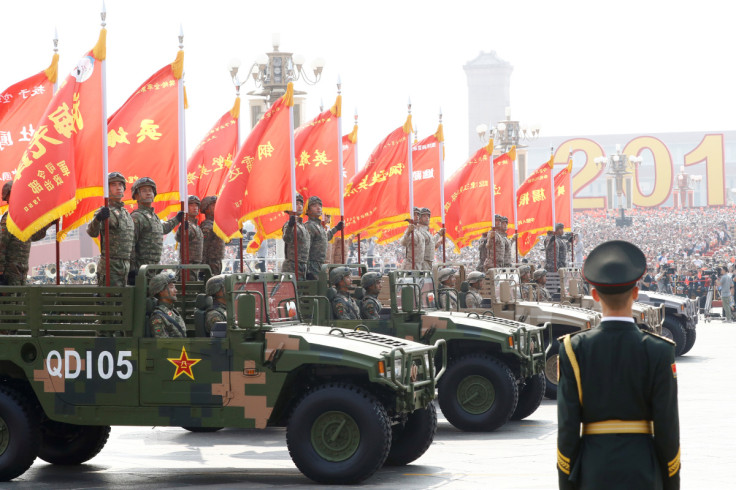Taiwan Invasion: Chinese Communists May Be Looking To Pull Off Another 'Peking Liberation'
KEY POINTS
- An analyst says Peking model is a combo of peaceful efforts and military
- Another expert said the white paper is a "well-prepared historical document"
- China did not rule out the use of force, but said it will be "the last resort"
A day after the Chinese Communist Party underscored its resolve to reunify Taiwan through a white paper that stressed the use of force as a last resort, analysts believe Beijing may be looking to follow the "Peking Model" to take over the island.
China's released a white paper on "Taiwan Question And Reunification" on Wednesday, declaring that "secessionist actions are obstacles that must be removed." But, the document, which comes close on the heels of House Speaker Nancy Pelosi's visit to Taiwan, did not rule out the use of military forces.
"Use of force would be the last resort taken under compelling circumstances. We will only be forced to take drastic measures to respond to the provocation of separatist elements or external forces should they ever cross our red lines," the white paper added.
However, the tone of the white paper, which is the third with regard to Taiwan, and China's recent actions have prompted many regional analysts to believe that the PLA may be looking for a peaceful reunification like the "Peking Liberation."
According to analysts, the situation in the Taiwan Straits during the past 10 days reminds them of "the Peking model," when the PLA encircled Peking (now Beijing) in 1949 and peacefully forced the Kuomintang party (KMT) to surrender, reported Chinese state-backed Global Times.
The KMT is a Chinese political party that ruled mainland China from 1927 to 1949 before it was forced to flee to Taiwan following the Chinese Civil War. In January 1949, the Chinese Communist Party-led PLA encircled Peking, which was then occupied by the KMT forces, and eventually forced the commanders to surrender so as to ensure "peaceful liberation" of the city. Following that, the PLA also "liberated" multiple cities, provinces and regions in the mainland, including Changsha, Kunming, Chengdu and Xinjiang, with similar approaches.
A Global Times report, quoting unnamed experts, said peaceful reunification or the "Peking model" is based on the "general trend."
Li Fei, a professor at Xiamen University's Taiwan Research Institute, told the Global Times that "the Peking model," in other words, is an idea of "smart reunification" - an approach combining peaceful efforts and military strength.
Meanwhile, Xie Maosong, a senior researcher at Tsinghua University's National Institute of Strategic Studies, said the white paper was not just another policy document, but "a well-prepared historical document for the Communist Party" to chart the reunification process.
"Traditionally, the Chinese government issues an official call to arms when embarking on key policy directions," Xie told South China Morning Post. "While the military exercise marks the official start of the process of [cross-strait] reunification, the white paper is the call to arms, which tells the people within and outside China about the historical background, the situation now and China's official stance."

© Copyright IBTimes 2024. All rights reserved.





















